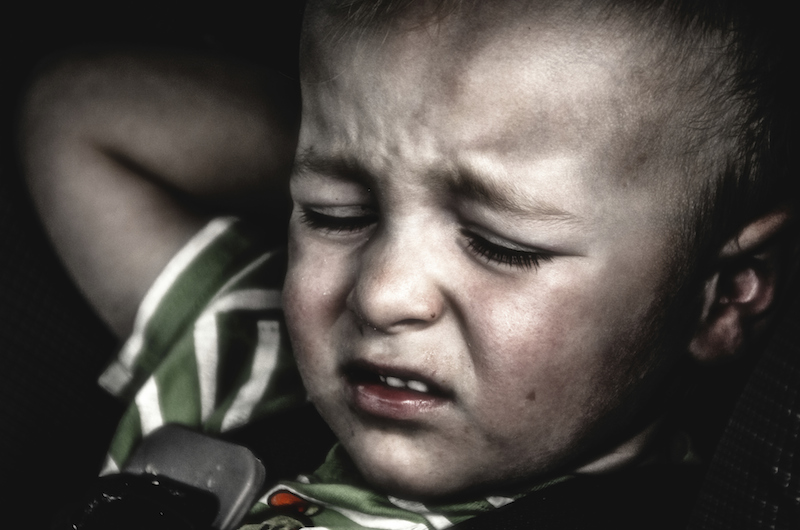
Child heatstroke: Act Fast. Save a Life
Heatstroke is the number one killer of children, outside of car crashes.
That’s why volunteers, ambulance professionals and EMS services are supporting the National Highway Traffic Safety Administration’s (NHTSA) efforts to reduce these deaths. The target is to educate parents and caregivers about the dangers of heatstroke and leaving children in hot cars. In 2015 there were 24 heatstroke deaths of children in vehicles.
As outside temperatures rise, the risks of children dying from being left alone inside a hot vehicle rise too. One child dies from heatstroke nearly every 10 days from being left in a hot vehicle, but what is most tragic is that these deaths could have been prevented.
The “Act Fast. Save a Life.” campaign encourages every person to learn about the dangers of leaving children in locked cars, and to spread awareness of ways to prevent these tragedies from occurring. Campaign materials including press releases, fact sheets and social media icons are available online. After the Twitter chat held on July 12 by the National Highway Traffic Safety, you can also get involved by:
- Spreading awareness about what EMS and bystanders can do to save a child’s life on National Heatstroke Prevention Day on July 31
- Continuing the conversation during NHTSA’s second Twitter chat on August 12
Have you seen a baby alone inside a car? Don’t be afraid of getting involved in other people’s business. Act!
According to an article on Safecar.gov, here’s what you can do:
- Don’t wait more than a few minutes for the driver to return.
- If the child is not responsive or is in distress, immediately:
- Call 911.
- Get the child out of the car.
- Spray the child with cool water (not in an ice bath).
- If the child is responsive:
- Stay with the child until help arrives.
- Have someone else search for the driver or ask the facility to page them.
- Red, hot, and moist or dry skin
- No sweating
- Strong, rapid pulse or slow, weak pulse
- Nausea
- Confusion or strange behaviour
Everyone has a role in preventing child heatstroke deaths
For more information, please visit www.safercar.gov.



